How to Check Storage on iPhone (iOS 17)
Are you curious about how much storage you have on your iPhone? It’s quite straightforward to check, directly from your phone or through a computer. Whether you’re new to iPhone or just looking for a refresh, this guide simplifies the process. You’ll learn how to quickly view your storage directly on your device or through a computer, helping you stay informed about your available space.
Check Storage Directly on Your iPhone
Keeping track of your iPhone’s storage capacity is important to avoid unnecessary clutter. You may don’t know where to find storage on iPhone yet, fortunately, Apple makes it easy to check the storage on your iPhone directly from the Settings app. This method provides a clear and user-friendly breakdown by categories such as Photos, Apps, and more, allowing for quick assessments and efficient management of your device’s storage.
To find storage on your iPhone, follow these simple steps:
- Open the Settings app on your iPhone.
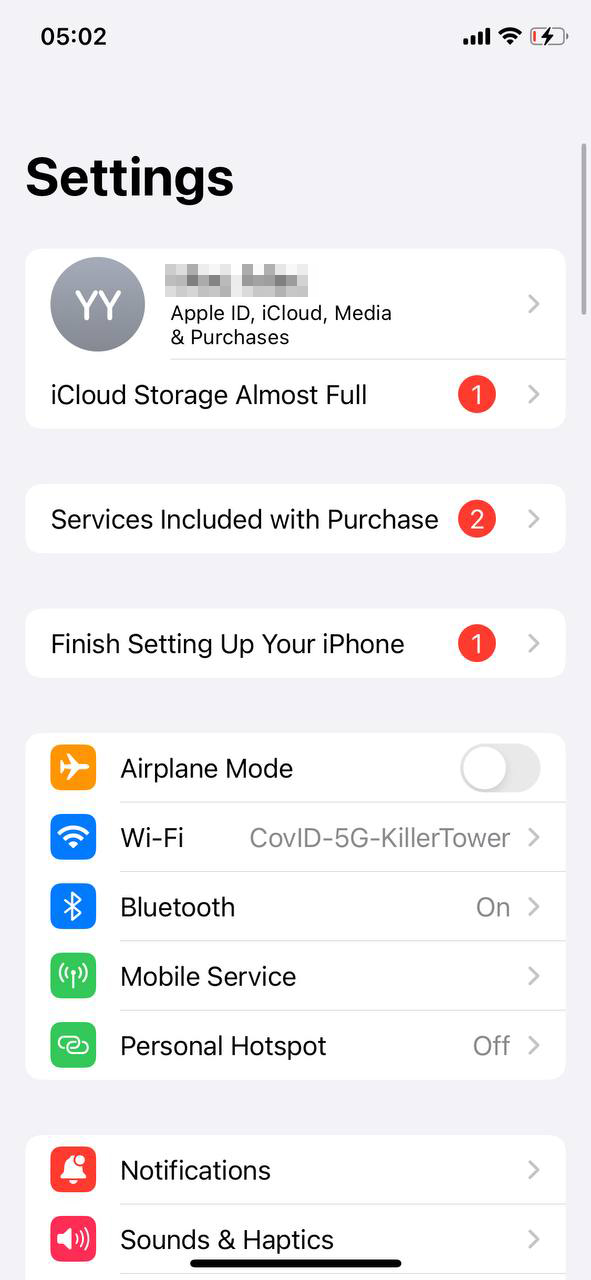
- Tap on General, then select iPhone Storage.
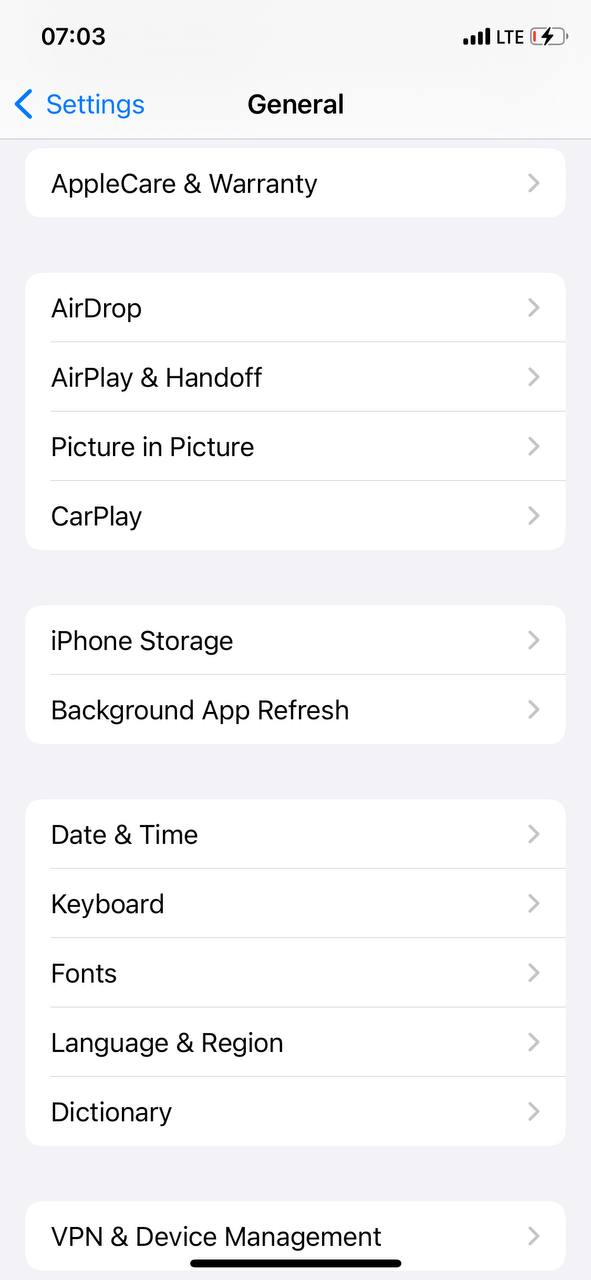
- Wait a moment for your iPhone to calculate the storage breakdown.
- Review the detailed list showing how much storage is used by different categories and apps.
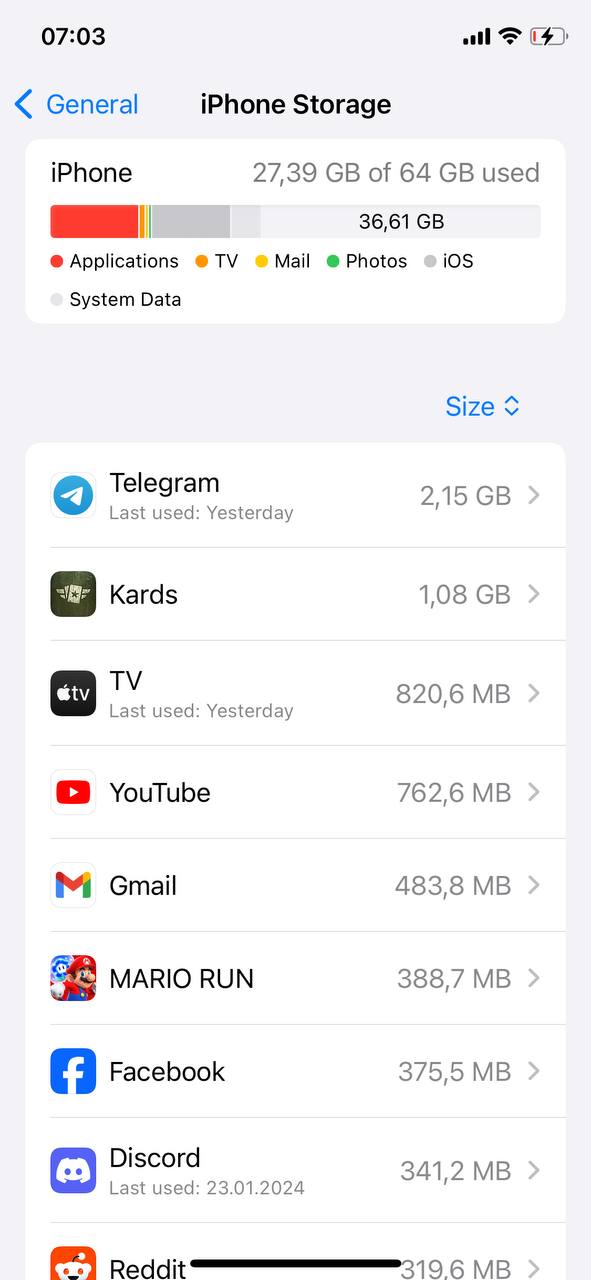
This straightforward process not only shows how much storage your iPhone has but also helps in identifying which apps or files are taking up the most space, making it easier to free up storage when needed.
Use a Computer to Check iPhone Storage
For those who require a more in-depth analysis of their iPhone’s storage, using a computer offers alternatives. These methods provide a detailed view and management options for your device’s storage.
Use iTunes on Windows or Old Mac
To see iPhone storage through iTunes, follow these step-by-step instructions. It’s actually really easy to check iphone storage capacity
- Connect Your iPhone: Start by connecting your iPhone to your computer using a USB cable. This establishes a connection between your device and iTunes, allowing for data synchronization and management.
- Open iTunes and Select Your Device: Once connected, open iTunes. Your iPhone should appear in the iTunes interface. Click on the device icon to access your iPhone’s summary and settings.
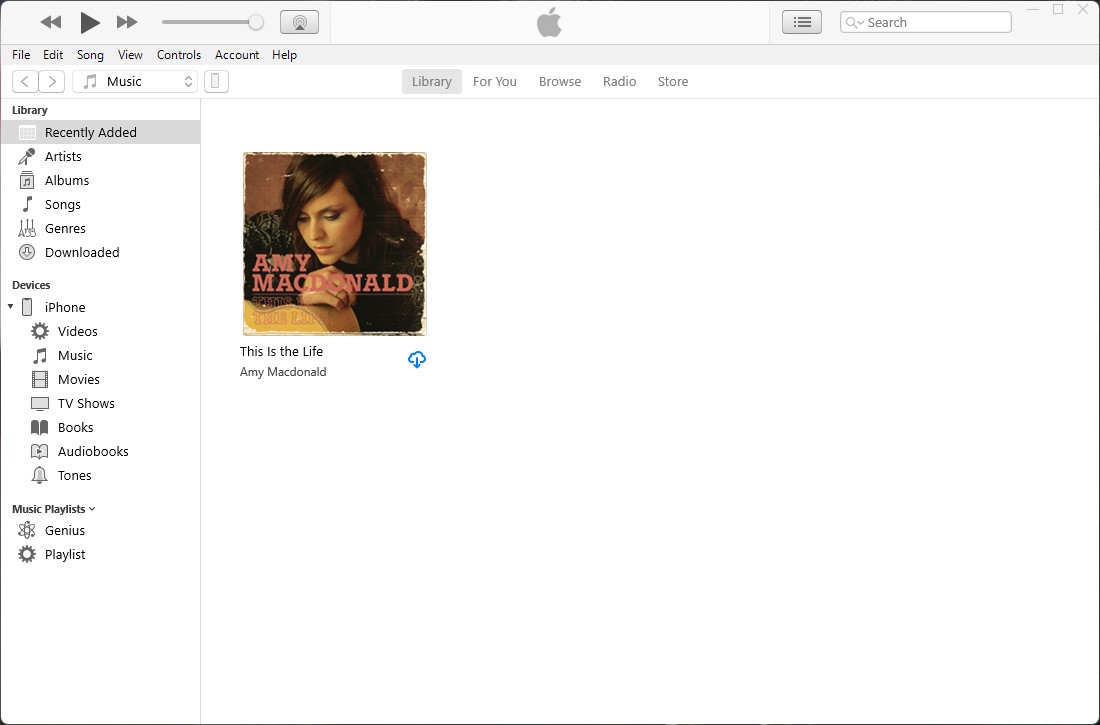
- Access the Summary Section: In the summary section, you’ll find essential information about your iPhone, including its capacity, software version, and serial number. This section also provides a quick overview of your device’s health and backups.
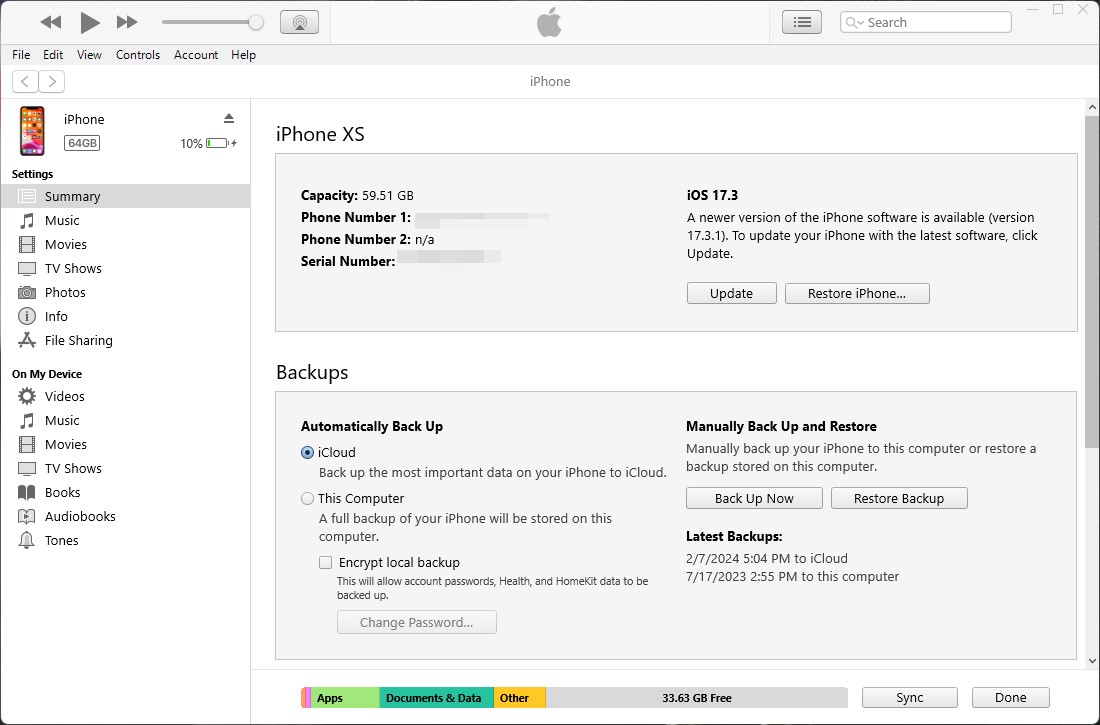
- Review the Storage Bar: Within the summary, a colorful bar chart displays your iPhone’s storage distribution. Each color represents a different type of data (e.g., apps, photos, media), giving you a visual representation of how space is used.
Using iTunes to check your iPhone’s storag also allows for backup and file management directly from your computer. This method is applicable for those who use Windows PC or, for some reason found himself with macOS older than macOS Catalina.
Use Finder to Check iPhone Storage on macOS
MacOS users can utilize Finder to check iPhone memory. This method integrates seamlessly with the macOS environment, offering a simple approach to managing device storage.
- Connect Your iPhone to Your Mac: Use a USB cable to connect your iPhone to your Mac. This establishes a direct connection necessary for accessing your iPhone’s storage details through Finder.
- Select Your iPhone in Finder: Once connected, your iPhone will appear in the Finder’s sidebar. Click on your device to select it and access its management interface.

- Check the Storage Tab: In the device management window, navigate to the ‘General’ tab, for a detailed breakdown of how storage is used on your iPhone.
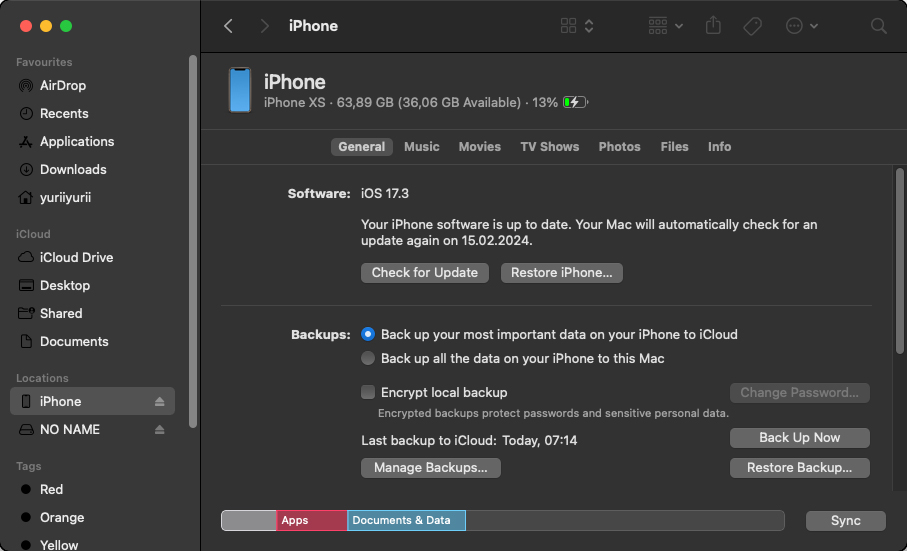
This process allows you to view a categorized list of apps and content on your iPhone, making it easier to identify what’s consuming the most space. Managing your iPhone’s storage through Finder on macOS is an efficient way to keep your device organized and ensure it runs smoothly.
This method not allows you, to a degree, to manage files directly from your Mac, providing a seamless storage management.
Can Third-Party Apps Analyze iPhone Storage?
The iOS platform utilizes a security feature known as sandboxing, which restricts each app to its own environment, limiting access to the entire system’s files. This means third-party apps can offer a basic view of your iPhone’s storage but cannot provide the in-depth analysis available through iOS’s native features.
An example of this is the DiskSpace app, which offers a straightforward display of your iPhone’s used and available storage. However, due to sandboxing, it doesn’t delve into specifics like which apps or files are consuming the most space. While useful for a quick glance at storage status, it lacks the capacity for a detailed breakdown that tools within the Settings app can provide.
For those looking to understand their storage usage better, DiskSpace can be a starting point, available on the App Store. Yet, for detailed management and optimization, Apple’s built-in storage management options remain the best solution.
Conclusion
Staying on top of your iPhone’s storage doesn’t have to be daunting. By following steps outlined in this article, you can easily keep track of your storage situation, whether directly on your iPhone or via a computer. This knowledge will allow you to manage your device more effectively so it continues to run smoothly.







